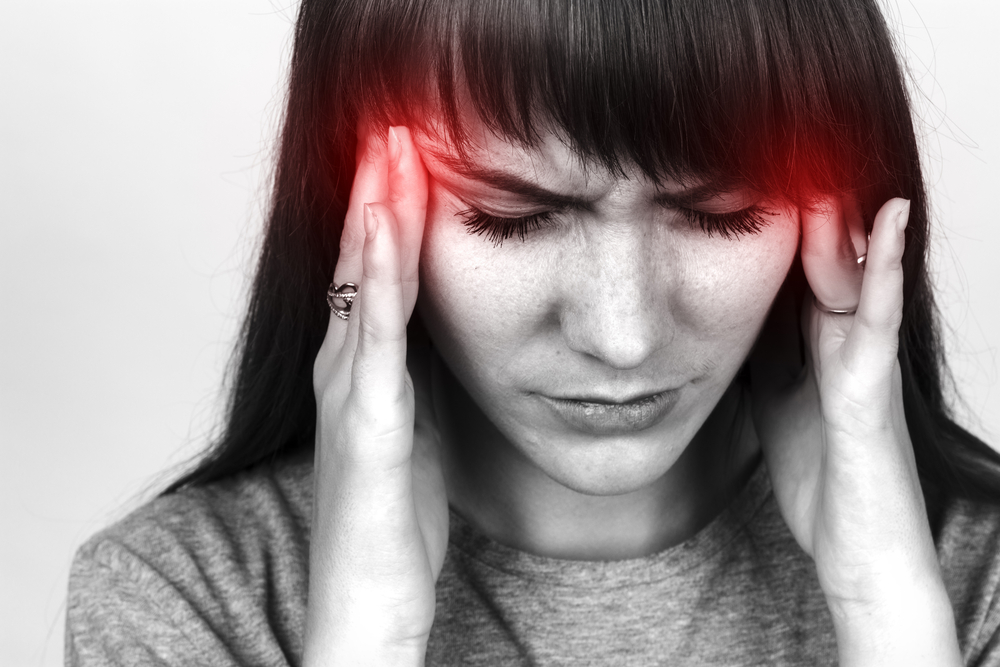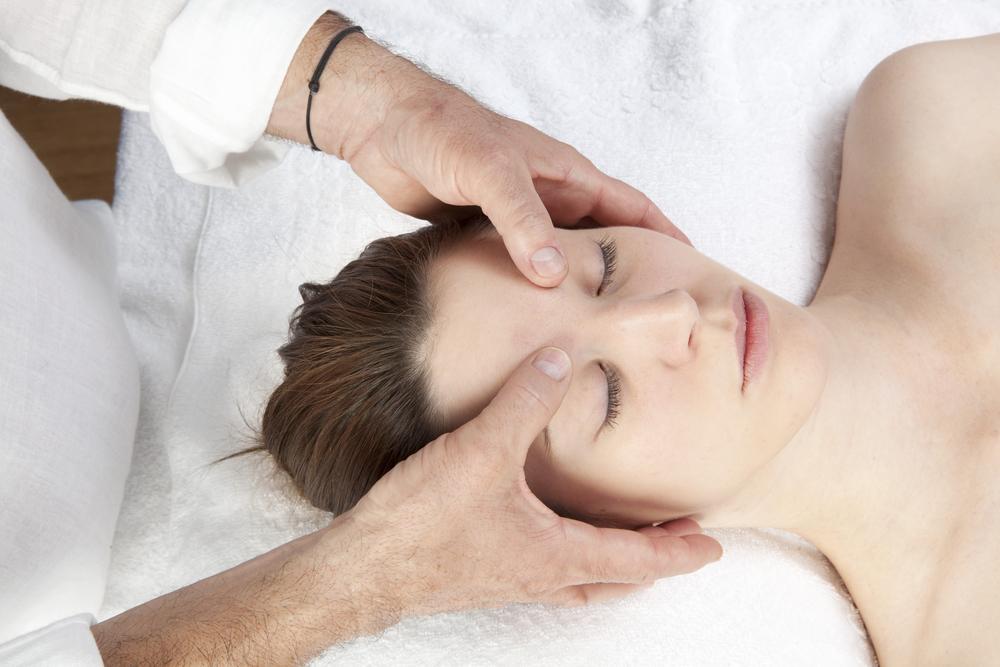Key Insights into Botox Therapy for Chronic Migraines
Explore essential facts about Botox for chronic migraines, including treatment procedure, benefits, side effects, and suitability. This preventive therapy can significantly reduce migraine frequency for eligible patients. Consulting qualified professionals is crucial to ensure safe and effective treatment, and understanding the potential risks involved.

Key Insights into Botox Therapy for Chronic Migraines
Botox has gained recognition as a preventive treatment for persistent migraines, after some individuals experienced relief from migraine symptoms following cosmetic injections. Initially used for wrinkle reduction, Botox’s potential to decrease migraine frequency has been established for many sufferers. If you endure frequent migraines and seek preventive options, Botox might be worth considering.
Before opting for Botox, it’s important to understand the procedure. Patients receive multiple injections around the head and neck, usually every 12 weeks. The treatment typically involves 30 to 40 shots, evenly distributed on both sides. Severe pain areas may require additional injections. Results often become noticeable within two to three weeks after treatment.
Ideal candidates are those with chronic migraines. Professional clinics specializing in Botox should be consulted—research the clinic, treatment details, medications, side effects, and speak with your doctor. It’s advisable to avoid cosmetic surgeons for this medical procedure.
How Botox Alleviates Migraine Pain
Botox is a prescription injectable used to prevent frequent migraines in adults. It is recommended for individuals experiencing migraines 15 or more days a month, with each episode lasting over four hours. The effectiveness for those under 18 or with fewer headache days is not fully established.
Studies suggest Botox can reduce headache frequency and duration, providing relief for many patients. It works by blocking neurotransmitters that transmit pain signals, preventing these chemicals from reaching nerve endings in the head and neck.
Possible Side Effects
Common side effects include neck pain and headaches. Rare allergic reactions may occur, with symptoms like breathing difficulties, hives, or swelling. Always consult your healthcare provider before treatment and seek immediate medical attention if adverse effects develop.
Risks of Toxin Spread
In some cases, Botox toxins may affect areas beyond the injection site, leading to muscle weakness, double vision, eyelid drooping, voice changes, or swallowing difficulties. Prompt medical help is crucial if such symptoms appear.
Post-Treatment Appearance and Feelings
After Botox, some individuals might feel tired or notice bruising, especially in injected areas. The head may feel heavier, and facial movements could be limited depending on dosage.
Preventive Rather Than Abortive
Botox serves as a preventive option for chronic migraines. It might not provide immediate relief, and some patients may see minimal benefits after treatment.










